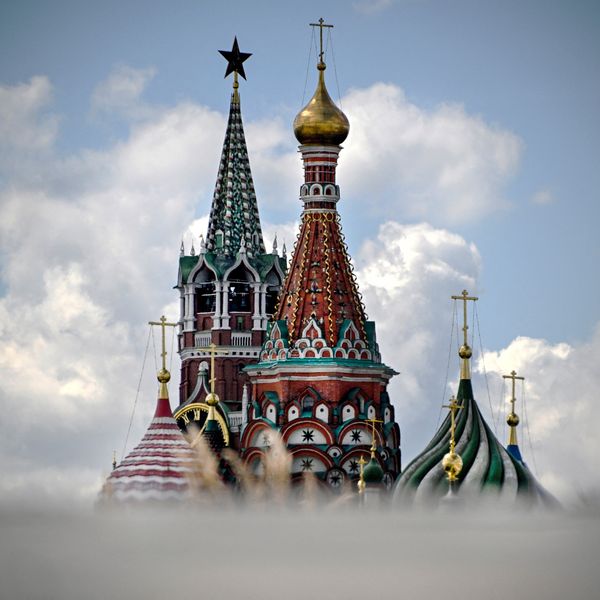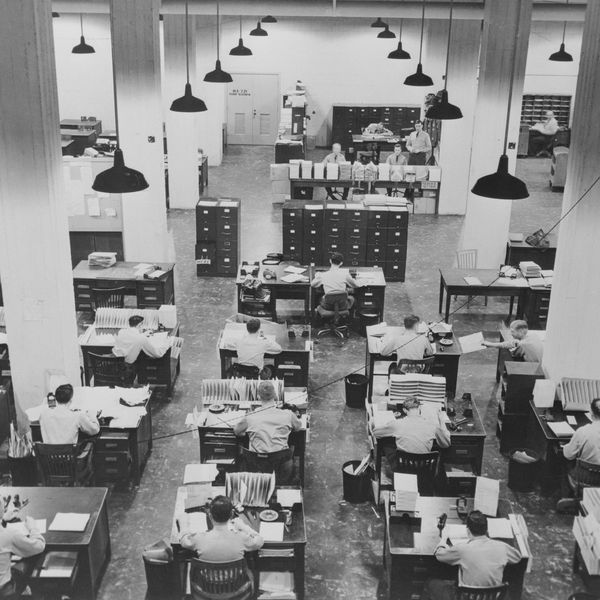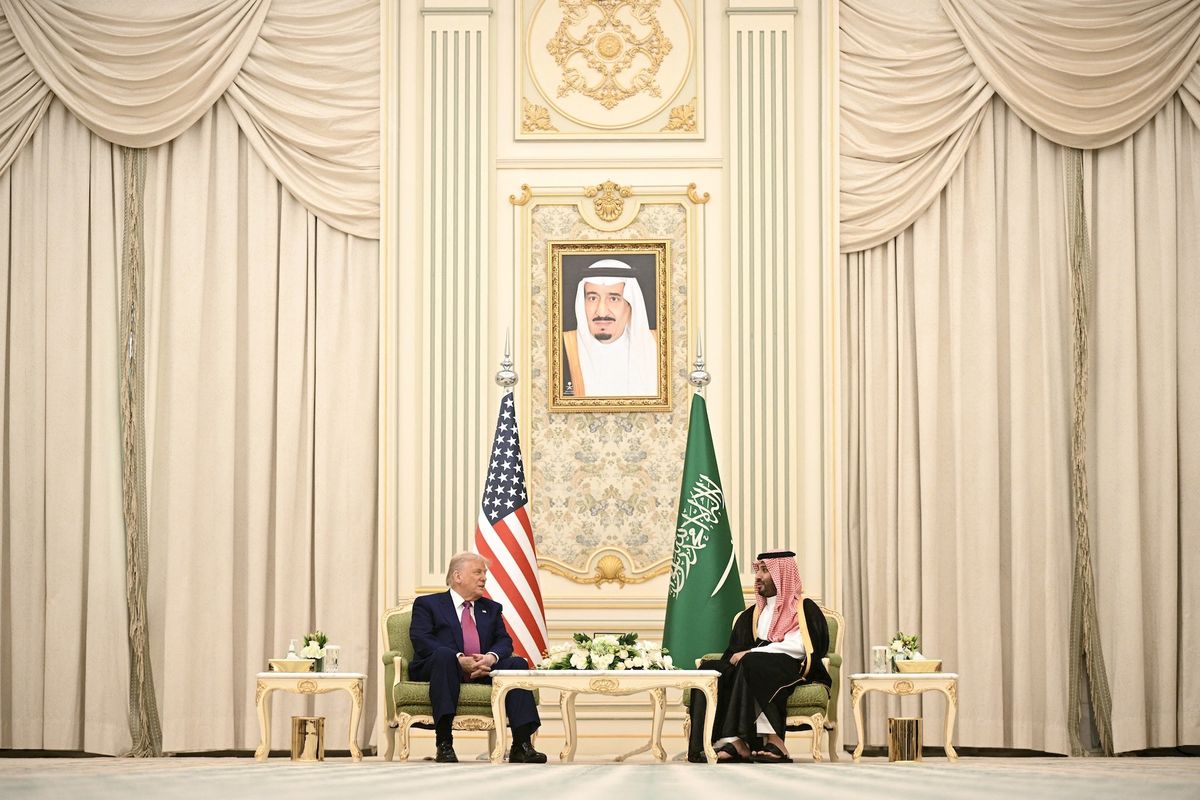The National Space Council heard testimony, and then voted this week to move forward with six recommendations that are intended to provide some lift for President Trump’s call to create a U.S. Space Force. While there has been a cautious sense of how to move ahead with the idea among Pentagon leaders, the council pushed forward six key recommendations.
The recommendations include: creating a new, unified command called U.S. Space Command; Tasking the Pentagon with submitting a legislative proposal to the White House; Creating a budget request to fund the Command in 2020; ordering a review of the Agency's new authorities; establishing a space development agency with the responsibility of overseeing technology investments; strengthening the relationship between the intelligence community and the new command.
Cipher Brief Expert, Lt. Gen Kevin McLaughlin (Ret.), spent the majority of his 34-year Air Force career serving in a variety of space assignments. He was among those asked to testify before the Council this week and what follows, is an adaptation of his oral testimony, reflecting his thoughts on the issue dating back to his time serving on the Rumsfeld Space Commission.
My personal perspective on this issue goes back almost two decades to the timeframe of the Rumsfeld Space Commission, where I served as a staff member, and was later responsible to the Deputy Secretary of Defense for Space Commission Implementation. I have first-hand knowledge of what the Commission recommended and why, as well as what was - and what was not - implemented.
The Commission was tasked, among other things, to assess the potential costs and benefits of establishing a separate military department for space, a space corps within the U.S Air Force, and an Assistant Secretary of Defense for Space within OSD. However, the Commission did not recommend an immediate move towards a department or a corps, but instead recommended an internal Air Force realignment aimed at creating a separate structure within the Air Force with control over space organize, train, and equip functions, such as personnel management and policy, financial management, research and development, and the planning, programming and acquisition of space systems.
The Commission stated that once the realignment in the Air Force was complete, a logical step toward a space department could be to transition to a space corps within the Air Force. The Commission also recommended the creation of a new Under Secretary of Defense to serve as the senior official within the department to oversee and advocate for DoD space.
So, what happened and where are we today? I am disappointed to say that we missed a generational opportunity. We did not implement the realignment of the Air Force as envisioned by the Space Commission, and we did not create an OSD oversight mechanism. We never started the journey towards a corps or a department. We missed the opportunity identified by the Commission to “create a space-oriented culture comprised of military professionals who could directly influence the development of systems and doctrine for use in space operations.” While it would be untrue and unfair to say we have not made progress in national security space, that progress has been well short of what is needed.
I do have some recommendations moving forward. Maintain the extraordinary level of Presidential focus and leadership and continue to build consensus on the Hill. Do everything possible to make this a bi-partisan issue important to all Americans. Don’t be distracted by issues that may be important but are not central to creating an independent structure or you may be disruptive in the wrong areas. Don’t believe that creating an independent organization would distract us from the urgent problems of the day, because creating the space personnel, culture, doctrine, and capabilities the nation needs is the urgent problem of the day. Focus on rapid results and momentum. Pick an independent organizational structure, align it under a single, committed senior space leader, and provide that leader the needed authority, autonomy, and resources over core space organize, train, and equip functions. A separate Space Corps within the Department of the Air Force may be viewed as the most efficient and cheapest path to a separate branch of the military, but a Space Force under a separate Department of Space would be the most rapid and most effective path towards an organization able to meet the serious threats that exist right now…not tomorrow or in the mid-term. Create or assign a single, senior OSD official to provide oversight, advocacy, top cover and to ensure all actions are being implemented as directed.
The purpose of my remarks is not to be critical of any individual or organization, but to simply share the benefit of my experience, provide a candid view of the history associated with this important area, and provide some recommendations to spark a discussion.
McLaughlin’s previous assignments include: serving as the CENTCOM Director of Space Forces assigned to the Middle East where he was responsible for space war fighting support for Operations Iraqi Freedom and Enduring Freedom. He was the first Director of the Joint Operationally Responsive Space Office…the precursor to today’s Space Rapid Capabilities Office. As a one-star, he served as the Vice Commander of the U.S. Air Force Warfare Center where he was directly responsible for integrating space capabilities into how the Air Force executes advanced training, tactics development, and operational test across air, space, and cyber. As a two-star, he was the Deputy Director of Global Operations at United States Strategic Command responsible for how space capabilities are employed in support of STRATCOM and Combatant Command operations globally and was the HQ Air Force Director of Space Operations and the Functional Manager for the human capital development for all space operations personnel across the Air Force. He was also the only military staff member on the Rumsfeld Space Commission in 1990-1991, before he moved to the Pentagon where he became the special assistant to the Deputy Secretary of Defense for Space Commission Implementation. He authored or co-authored numerous articles on this general topic in the years following the Space Commission.














